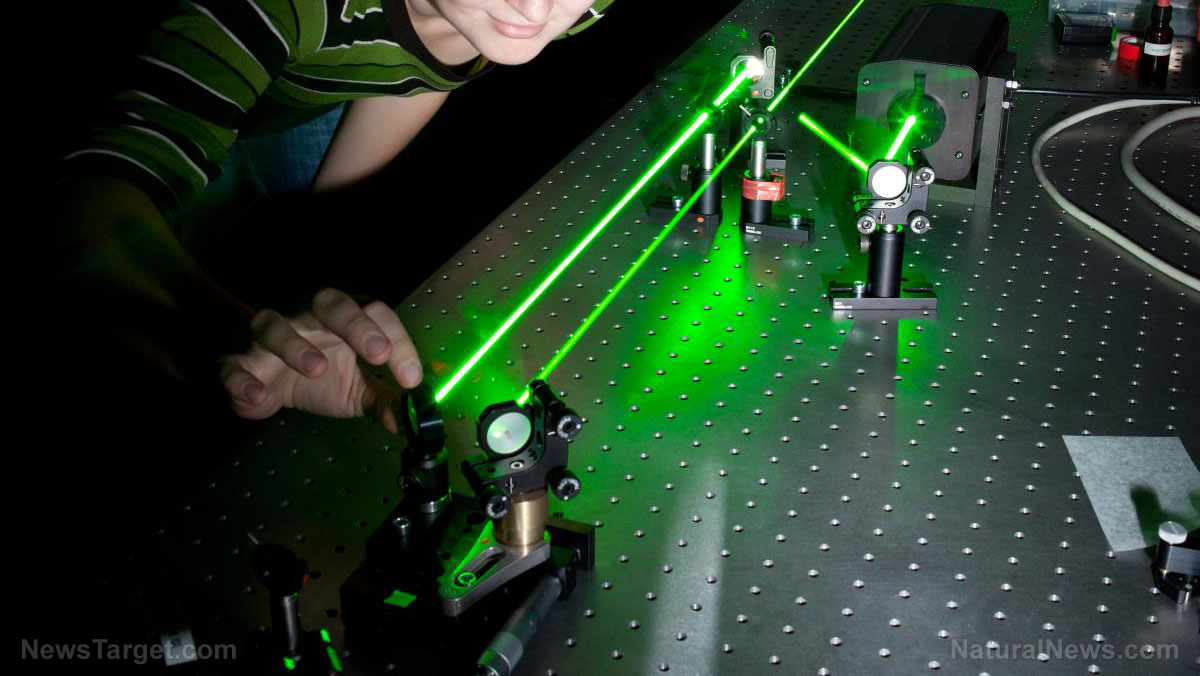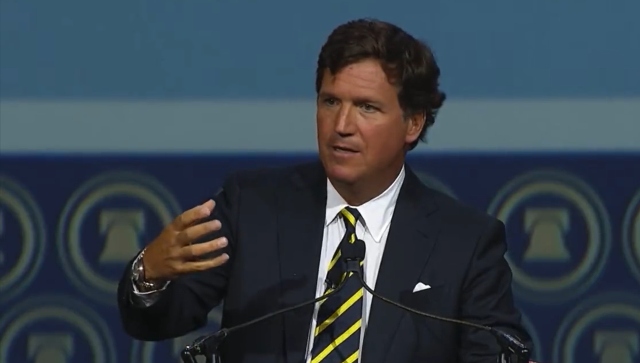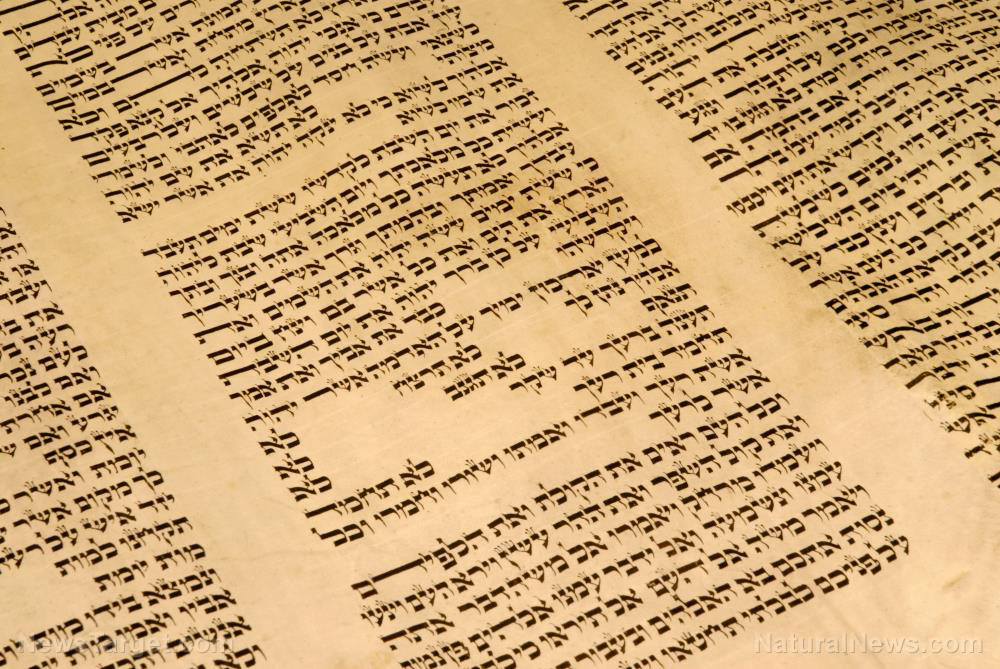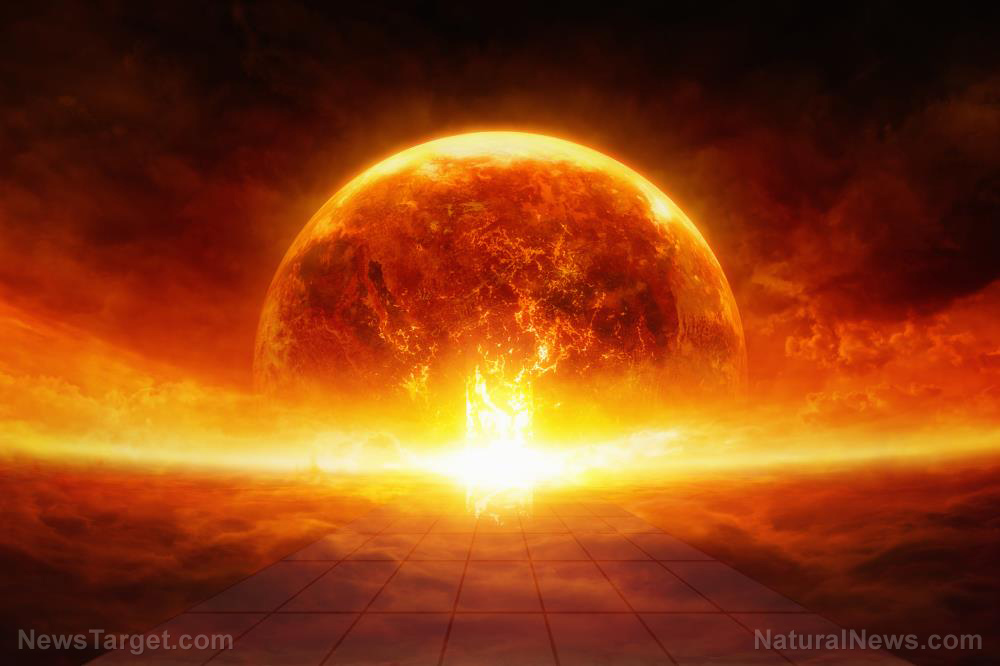
In an earlier experiment, researchers reported generating a new class of solid crystals by heating atoms within a glass matrix with a laser until they rearranged themselves into a rotating lattice. Their follow-up experiment proved that these laser-generated crystals could also keep their functionality as ferroelectric materials.
A ferroelectric material is capable of undergoing electric polarization at the drop of a pin. This polarization can be undone with an electric field coming from an outside source.
In the study, the application of an external electric field induced the crystals to change the orientation of their ferroelectric domains, as well as to reverse their orientations later on. Although the crystal was thoroughly encased by glass, it could still be manipulated by electricity.
The ferroelectric crystals were the latest development in a joint research effort between the technology company Corning Inc. and three different academic institutes, including Lehigh University. Their research group pioneered the process of making single crystals within glass through the use of very precise laser heating, creating a new type of metamaterial for use in linear and non-linear optical applications. (Related: Researchers use laser holograms to trap and control tiny objects the size of single cells.)
Despite being encased in glass, lithium niobate crystals are still ferroelectric and piezoelectric
In addition to coming up with the idea of laser-induced crystals encased in glass, the Lehigh-led team also performed the first thorough evaluation of the ferroelectric and piezoelectric properties of the crystals. Piezoelectric refers to the ability of a material to produce an electric charge if it undergoes mechanical stress, such as getting bent or squeezed.
First, they used lasers to create single crystals of lithium niobate within the confines of lithium niobosilicate glass. The burst of irradiation lasted for mere femtoseconds, allowing the laser to create the crystals without melting the glass.
Analysis with a piezoresponse force microscope uncovered the presence of a ferroelectric domain lattice within the crystal. This complicated structure extended down to the microscale and nanoscale of the crystal.
The orientation of the glass-bound crystal lattice matched that of its unconfined counterpart. It could also be manipulated by applying a direct current (DC) electric field, which proved the crystal retained its full range of ferroelectric properties.
"The findings open up the possibility of a new collection of optical devices that use fully functional laser-fabricated crystals in glass which rely on the precise control of the ferroelectric domain structure of the crystal," explained Lebanon Valley College researcher Keith Veenhuizen. The lead author of the study, Veenhuizen started working on laser-generated crystals as a graduate student in Lehigh.
This new metamaterial can massively speed up optical communications
The technical term for these metamaterials is "ferroelectric single-crystal-architecture-in-glass." The recent confirmation of their ferroelectric properties means that they could one day be used in various active integrated optics.
Single crystal materials enjoy excellent electrical, mechanical, and optical properties. For example, nickel-based single crystal superalloys are considered one of the strongest materials in the world until the advent of MoSiBiTiC alloys.
Its developers believed that their lithium niobate single crystals in glass could further improve the performance of optical communications. The crystals could be used to make more efficient optic fiber wire, thereby increasing the already considerable amount of data that could be transmitted over fiber optic networks.
"Being able to embed such functional single crystal architectures within a glass enables high efficiency coupling to existing glass fiber networks," said Lehigh researcher Volkmar Dierolf. "Such low loss links that maximize performance are of particular importance for future quantum information transfer system that are projected to take over the current schemes for optical communication."
Sources include:
Please contact us for more information.





















